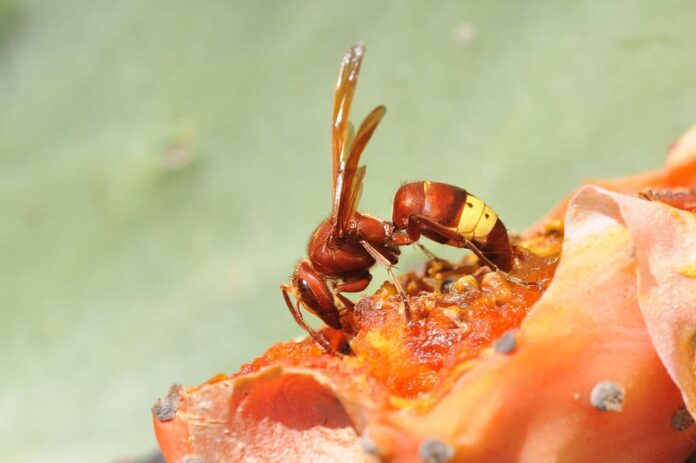So bioelectrogenesis refers to animals that are living beings that can generate electricity. How cool they are, right? There are probably a few creatures that pop up in your mind when it comes to this topic. As a matter of fact, there are quite a number of animals that can generate electricity. Let’s find out who they are with me in the list below.
1Black Ghost Knifefish
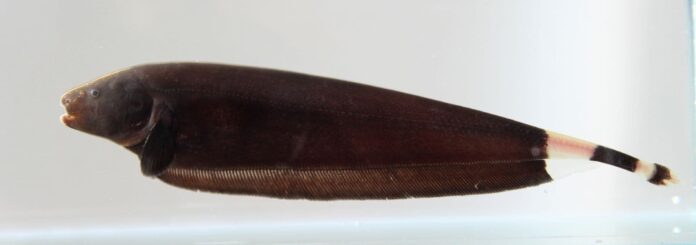
When it comes to bioelectrogenesis in animals, this cousin of the electric eels here has to be on the list. While most use their special power to attack and defend, black ghost knifefish use their psychic power instead. They use electric signals to communicate in the wild with their fellow ghost knifefish and to navigate. The electricity comes from their tail organ which is derived from spinal cord neurons. Since the electricity that they generate is weak, it can neither kill nor stun the others. Because ghost knifefish like to hide between rocks or in root masses, such communication skill is very useful.
2Electric Catfish
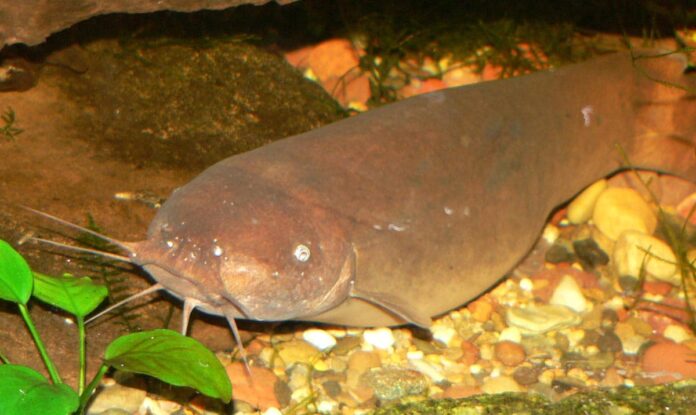
This is the only catfish species that can create electricity which benefits their defense and attack. The cool thing about them is that electric catfish have organs in their heads that allow them to zap anything. This aggressive hunter can generate electricity up to 350 volts which are very strong. With such power, it can stun its predators and preys without a single problem. At the same time, this special ability also allows these electric catfish to navigate in murky habitats as well.
3Electric Eel
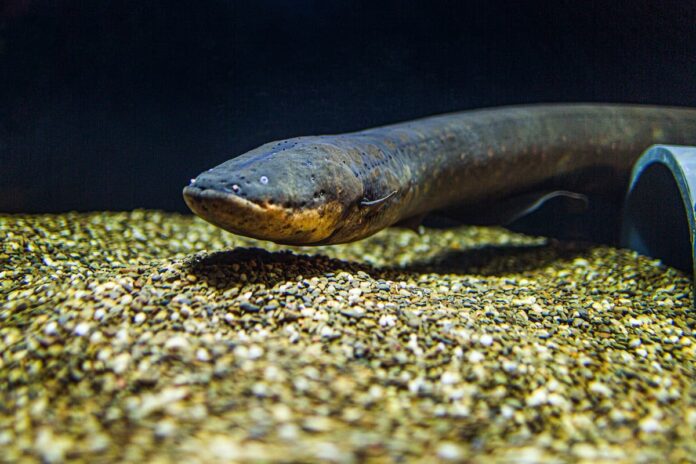
People often think that electric eels are eels because of their confusing names. In fact, these are the knifefish that inhabit the Amazon and Orinoco basins of South America. Electric eels are the most famous bioelectrogenetic animals because of their shocking ability. Thanks to the special cells that can store electricity like a battery, the amount of electricity that it generates is incredible.
An electric eel that weighs 50 pounds can emit over 600 volts of electricity. These knifefish can release all electricity at once to defend against predators or stun prey. Sometimes they also use it to communicate with other electric eels as well. Just so you know, electric eels can generate electricity that is strong enough to cause heart failures after repeated jolts. This is the type of bioelectrogenetic animals that you want to avoid touching bare hands, so don’t forget that.
4Electric Ray
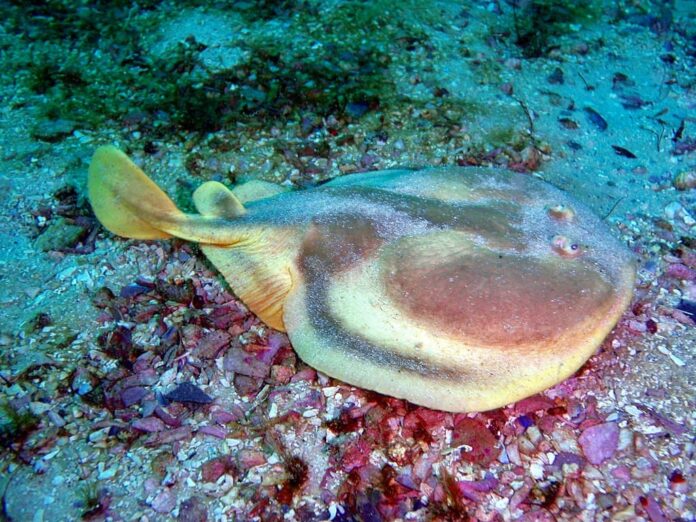
As for the electric rays here, they have special kidney-shaped organs that can generate strong electric zap. This is how they hunt and defend themselves against predators in the oceans that they dwell in. The super cool thing about these bioelectrogenetic animals is that they can control the intensity of their electric shocks. That simply means they can send low shock as a warning or high shock as a stun gun for lunch. In case you meet one, let’s hope you receive the warning first because being zapped underwater is not so nice.
5Elephant-Nose Fish
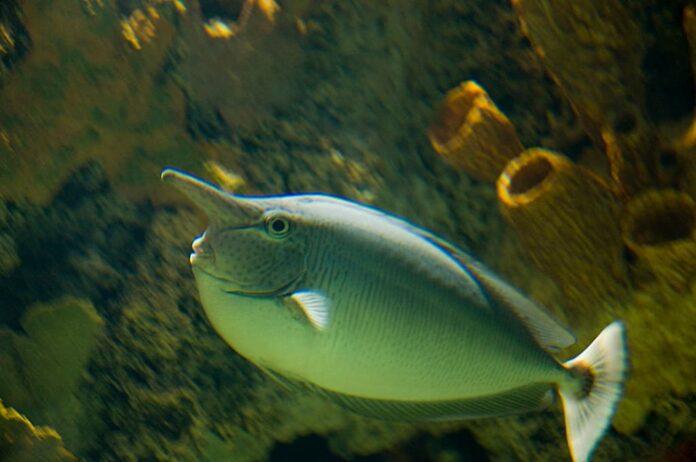
Due to poor eyesight, the electricity that elephant-nose fish generates is very helpful in murky lakes and streams. The electrical field through their tail helps them to communicate, navigate underwater, and detect the minute electrical impulses of prey. The super part about it is that this fish is also great in their electroreception skill. This simply allows them to be able to find food even in pitch-dark areas which is incredible.
6Oriental Hornet
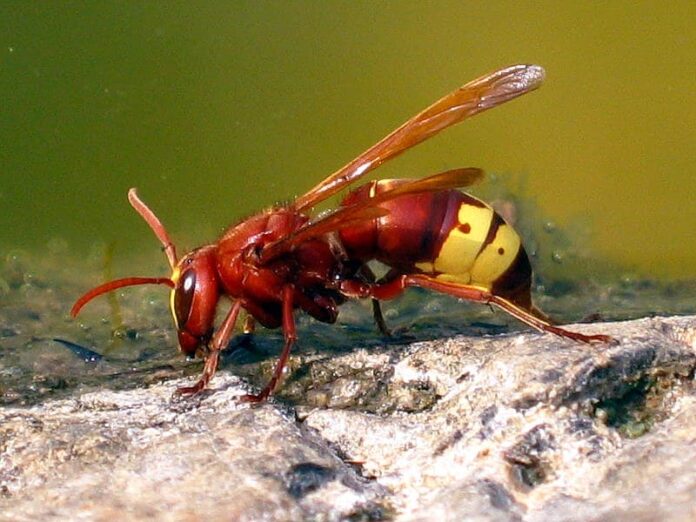
Being a nightmare with a stinger is not enough, hornets of this species are even gifted with solar panels by mother nature. Oriental hornets are the first animals in the kingdom that can generate electricity from sunlight. These solar panels on their exoskeleton bodies can convert sunlight into electricity, how shocking right? The yellow tissues of their bodies trap the light while the brown tissues generate electricity. Also, oriental hornets are most active when the sun is most intense as if the sunlight gives them extra energy. You might wonder what these hornets use their electricity for, and the answers are still under research. Some studies suggest that electricity is to cool or warm their bodies, but it is still unsure.
7Stargazer
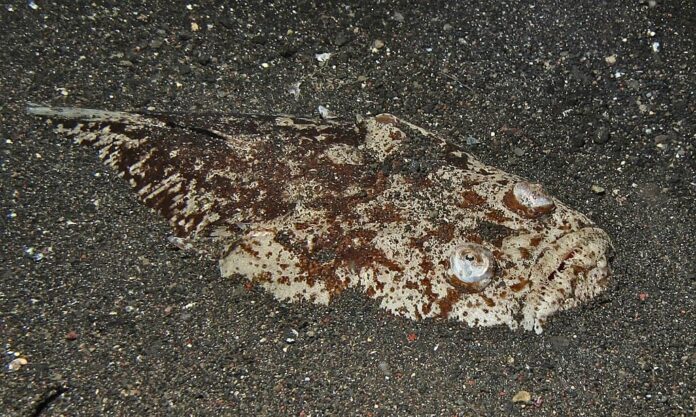
Here you are looking at a very clever and sneaky predator with such shocking power. There are two species of stargazers that can fight with electric style including Astroscopus and Uranoscopus. Both of them can emit an electric charge from the modified eye muscles. Simply put, they are able to zap their enemies and food while using their venomous spines at the same time. Because the shock isn’t strong enough to stun the prey, the spines can help do the rest of the job. This is a dangerous combo, and the beautiful name does not really sugar coat how much harm it can cause.
Related Post: Bioluminescence Animals That Glow In The Dark

